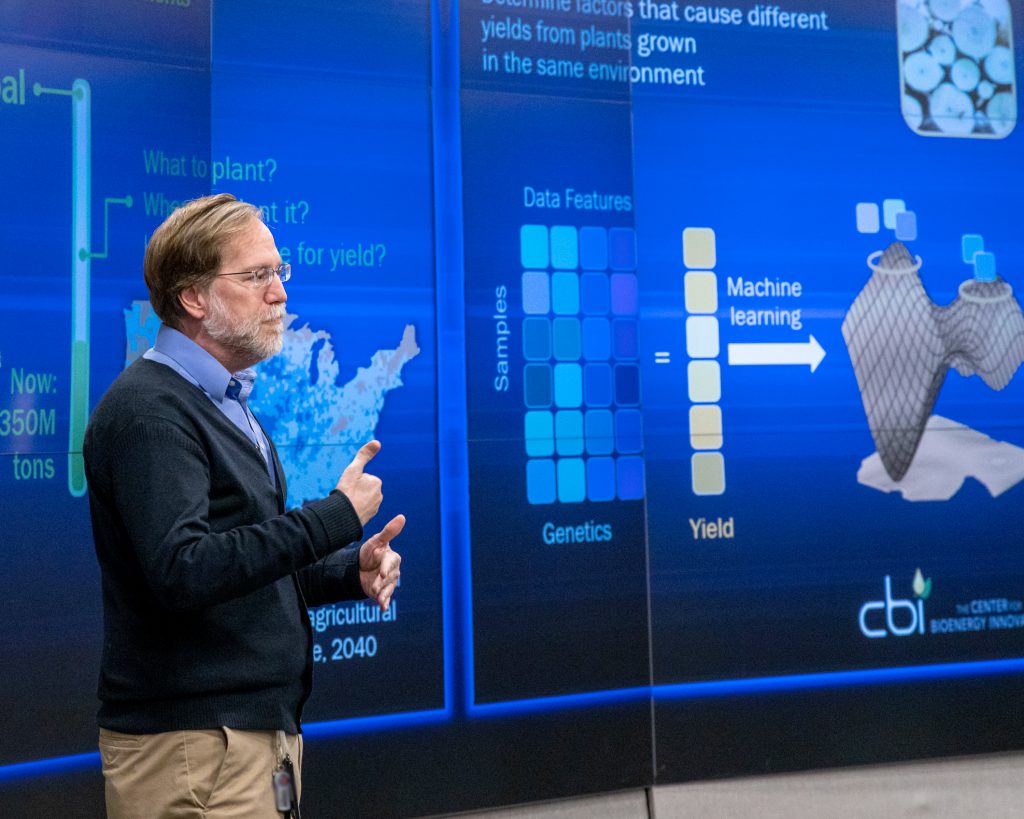
In 2015, all member states of the United Nations pledged to pursue the 17 Sustainable Development Goals set forth by the UN General Assembly in its 2030 Agenda for Sustainable Development. The goals serve as a framework to tackle many of the world’s challenges, ranging from practical issues like infrastructure…
Coury TurczynAugust 10, 2020








